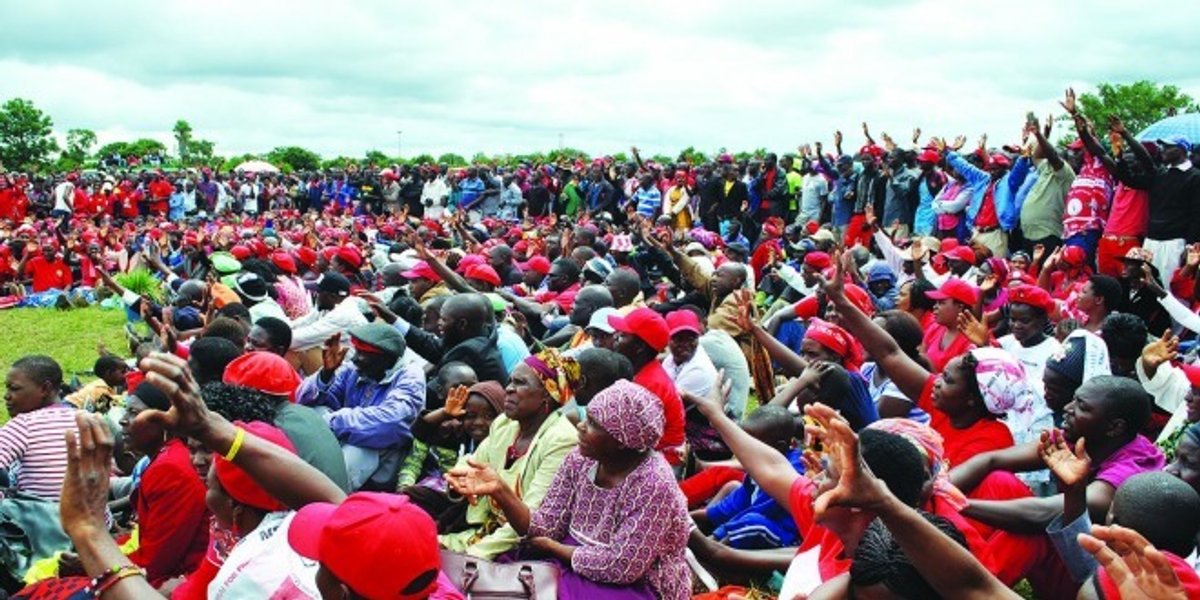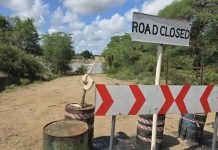Masvingo City is the country’s first urban settlement, but when it comes to food security for the over 1,5 million inhabitants in the province, it is not a role model.
The province to which the city plays host remains the least food-insecure, year in, year out.
Currently, 1 496 000 people are getting food aid from government and non-governmental organisations in the province, according to provincial development coordinator Farai Mbetsa.
And the figure could increase as households in districts such as Mwenezi, Chivi, Bikita and Chiredzi harvested the staple maize that will last them for just three months or less, according to the second round crop and livestock report for the 2019/2020 farming season carried out by the ministry of Lands, Agriculture, Water and Rural Resettlement.
Ironically, the province has several dams at its disposal — among them the biggest and second largest inland water bodies in the country — which could irrigate vast swathes of arable land lying fallow.
The biggest water reservoir in the country is Tugwi Mukosi — which is 40,7% full — followed by Mutirikwi (formerly Kyle) Dam, which is 38% full, according to latest statistics availed by the Zimbabwe National Water Authority.
Other dams in Masvingo’s seven districts include Matezva, Mushandike, Siya, Tokwane, Manjirenji, Tugwane, Muzhwi, Nyajena, Bindangombe, Chedozvo, Chivake, Makwi, Nyatare, Musaverema, Magudu, Bangala and Manyuchi.
The dams also have the potential to spur tourism, create jobs and generate electricity.
Water in the 1,8 billion-cubic-metre Tugwi-Mukosi Dam is going to waste as there is no irrigation taking place, four years after its completion.
Save for a dozen fisheries licenced at the dam, Tugwi Mukosi — with a capacity to irrigate 26 000 hectares downstream — is slowly turning into a white elephant.
Government says it is yet to draft a masterplan so as to start harnessing Tugwi Mukosi water for irrigation purposes.
For other dams, Finance deputy minister Clemence Chiduwa admitted that irrigation infrastructure and mechanisation remained a challenge to harvest the water in the dams for crop production.
“We have a challenge of mechanisation and irrigation infrastructure development,” Chiduwa said.






